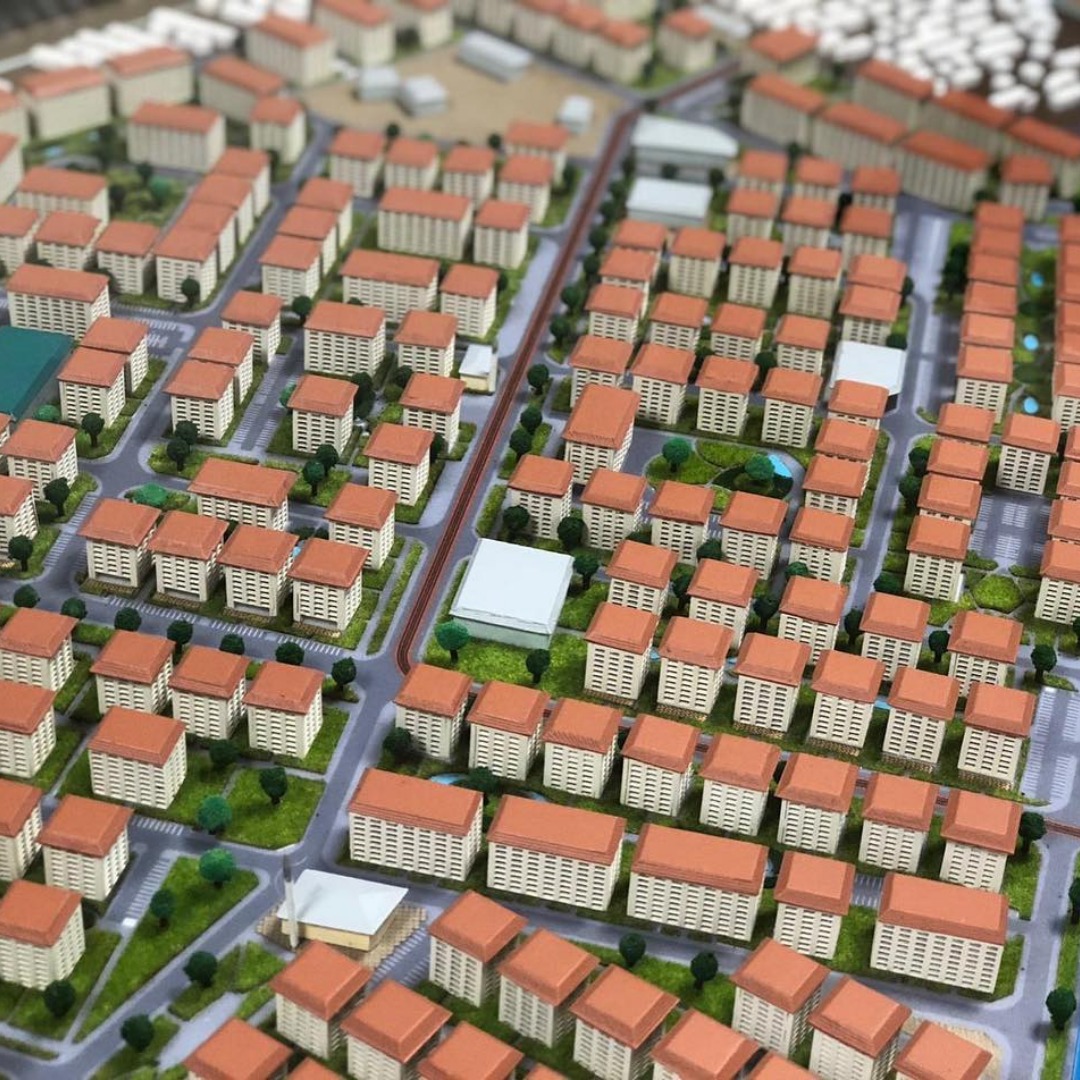A maquette is a scaled-down representation of a real object in various materials and scale. City models are extremely useful in the fields of architecture and urban planning, especially in the design and construction of cities. They visualize the city layout, taking into account all the social, economic, and political factors of the terrain. City models can encompass individual buildings, building complexes, or even an entire city or village. They include gas stations, schools, industrial facilities, cinemas, and much more. Similarly, a maquette can depict the entire campus of a university, a military base, or an industrial complex that can be as large as a village.
Objectives of City Models
City models serve as communication tools for urban planning and development. Cities consist of buildings and public and official spaces. The models depict a dynamic structure to simulate their functions as commercial, production, leisure spaces, and much more.
Advantages of City Models
It can be said that a city model is an abstraction of reality that outlines and specifies urban designs and functions with all their aspects. A city model helps architects and urban planners better evaluate the overall integration and dynamic situation of a city. This includes traffic control, market accessibility, positioning of administrative and municipal buildings, as well as emergency institutions. Using an urban simulation in the form of a maquette is essential as cities develop so rapidly, making it easier to overlook small details that may become significant in the future.





